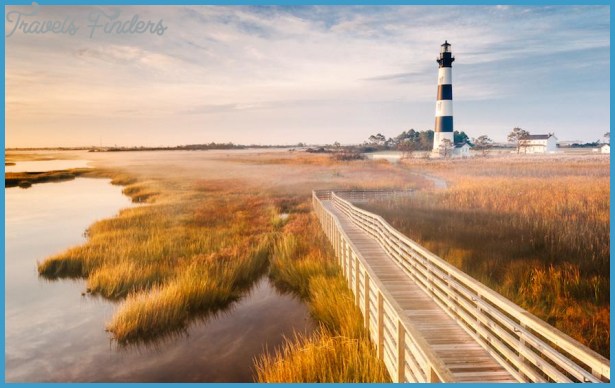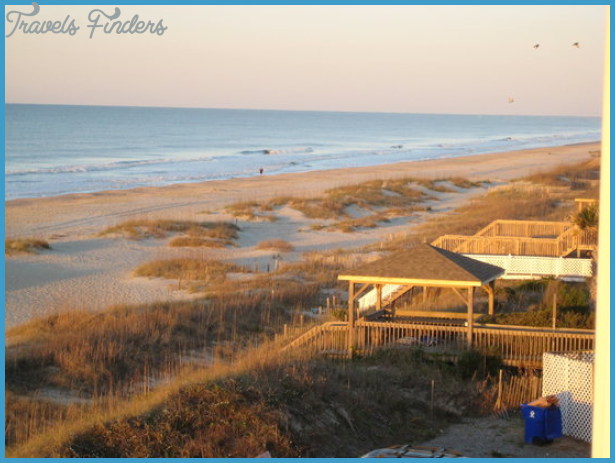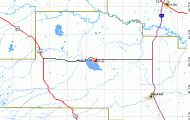A Cherokee council house, long gone when this photo was taken circa 1896, once stood on top of the mound rising from the cornfield. Called Nikwasi, it served as the ceremonial center of a major Cherokee settlement. The mound remains in the town of Franklin, although roads and commercial businesses engulf it. North Carolina Collection, University of North Carolina Library at Chapel Hill
You can pick up a map of the mines at most any local store. In Franklin, stop at Ruby City Gems & Minerals, which has all the information you’ll need. In addition to selling gems, minerals, and lapidary supplies, Ruby City boasts a fine museum collection of gems, minerals, and Native American and pre-Columbian artifacts. The historic old jail in Franklin houses the Franklin Gem & Mineral Museum, also worth a stop.
While in the Cowee Creek Valley region, you’ll also want to explore the historic community of West’s Mill, and, in season, Perry’s Water Gardens. Perry’s is famous for its twelve acres of water lilies, lotus, and other aquatic plants.
Nearby on the Little Tennessee River is an interesting sight. It’s a fish weir, a V-shaped structure of rocks designed to funnel fish into a trap. No one knows when the weir was built, but the Cherokee were the first known to utilize it. Look for a large dirt pullout on the left side of the road; the weir is located at the pullout. A little farther downstream, in a field beside the river, stands Cowee Mound. Believed to have been constructed around AD 600, the mound served as the village heart of the Aniyunwiya (the Principal People), who would later become known as the Cherokee. Cowee Mound is on private property and barely visible from the road, but in Franklin you can climb Nequassee (Nikwasi) Mound. Like Cowee, no one knows when Nequassee was built, but we do know that it played an important role in Cherokee history. It served as the ceremonial center of a major
Cherokee settlement. Today it’s a grass-covered mound of dirt surrounded by gas stations and stores.
Rafters shoot Nantahala Falls on the Nantahala River. Whitewater boaters enjoy eight miles of rapids on the river, with Nantahala Falls ranking the largest as a Class III.
Before the white people started collecting rubies and sapphires from Cowee Creek Valley, the Cherokee may have mined kaolin from a nearby site in the present-day community of Lotla. The Cherokee used the fine-grained white clay as an ingredient in their pottery. In 1767, English potter Josiah Wedgwood sent Thomas Griffiths to purchase some of the clay and have it shipped to London. The clay proved ideal for Wedgwood, who used it to make his famous Queensware and Jasperware. Unfortunately, the high cost of transportation made it impractical to obtain another supply, forcing Wedgwood to find another source.












